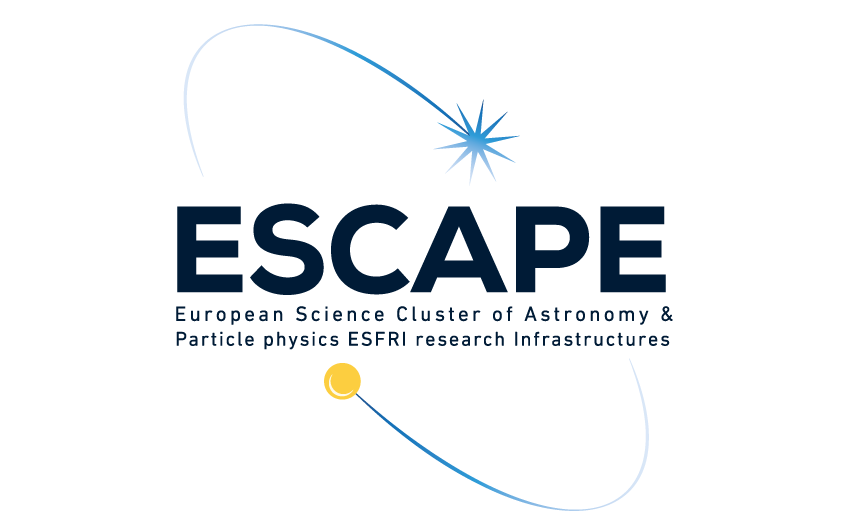
January
05,
2022
ESCAPE brings together a large fraction of the European research infrastructures (RI) in Astronomy, Astrophysics, Particle and Nuclear Physics. These RIs are ESFRI facilities and landmarks such as CTA, ELT, EST, FAIR, HL-LHC, KM3Net and SKA as well as other pan-European research infrastructures such as CERN, ESO, JIV-ERIC and EGO.
The ESCAPE project is supported and supervised by national universities and institutes of the European Union member states that are organized in thematic consortia such as ApPEC, ASTRONET, ECFA and NuPECC. The large professional community engaged in ESCAPE-related science extends to tens of thousands of scientists.
The partners in ESCAPE recognise the strong synergies and potential commonalities which are there at several levels. Many ESCAPE partners are today members of the EOSC Association. ESCAPE aims to address the Open Science challenges shared by its partners and the community. These challenges are technical, operational, sociological and scientific. Open Science allows scientific information, data and outputs to be more widely accessible and harnessed. In order to achieve the inclusiveness of the ESCAPE scientific domains in the global implementation of EOSC, a work programme is structured to deliver an “EOSC cell” where five technical Work Packages are in charge of the development and deployment of five corresponding pillars of such a cell for open data research.
- WP2: Data Lake for Open Science (DIOS).
- WP3: Open-source scientific Software and Service Repository (OSSR).
- WP4: Connecting ESFRI projects to EOSC through the Virtual Observatory framework (CEVO).
- WP5: ESFRI Science Analysis Platform (ESAP).
- WP6: Engagement, Communication and Citizen Science (ECO).

